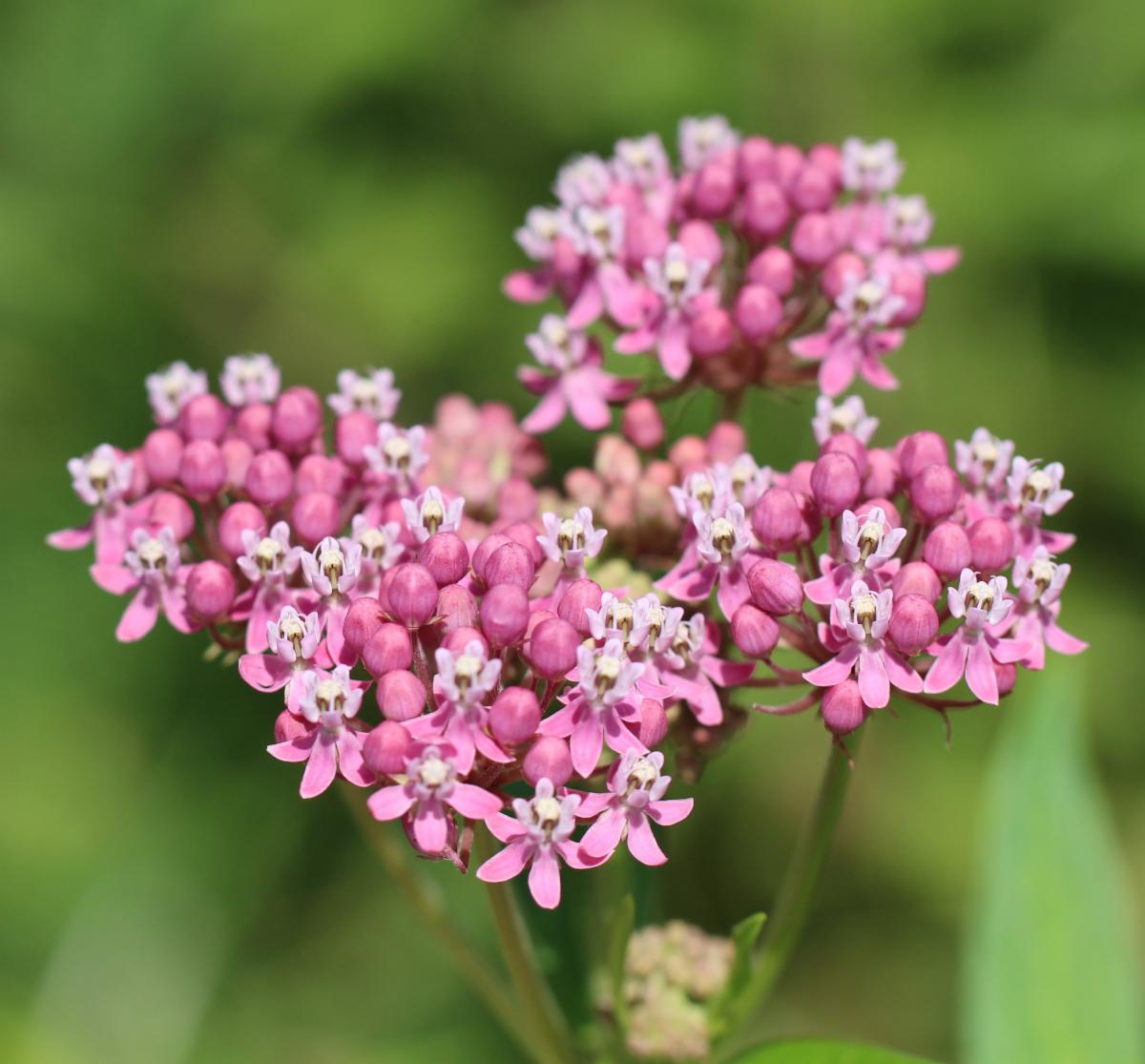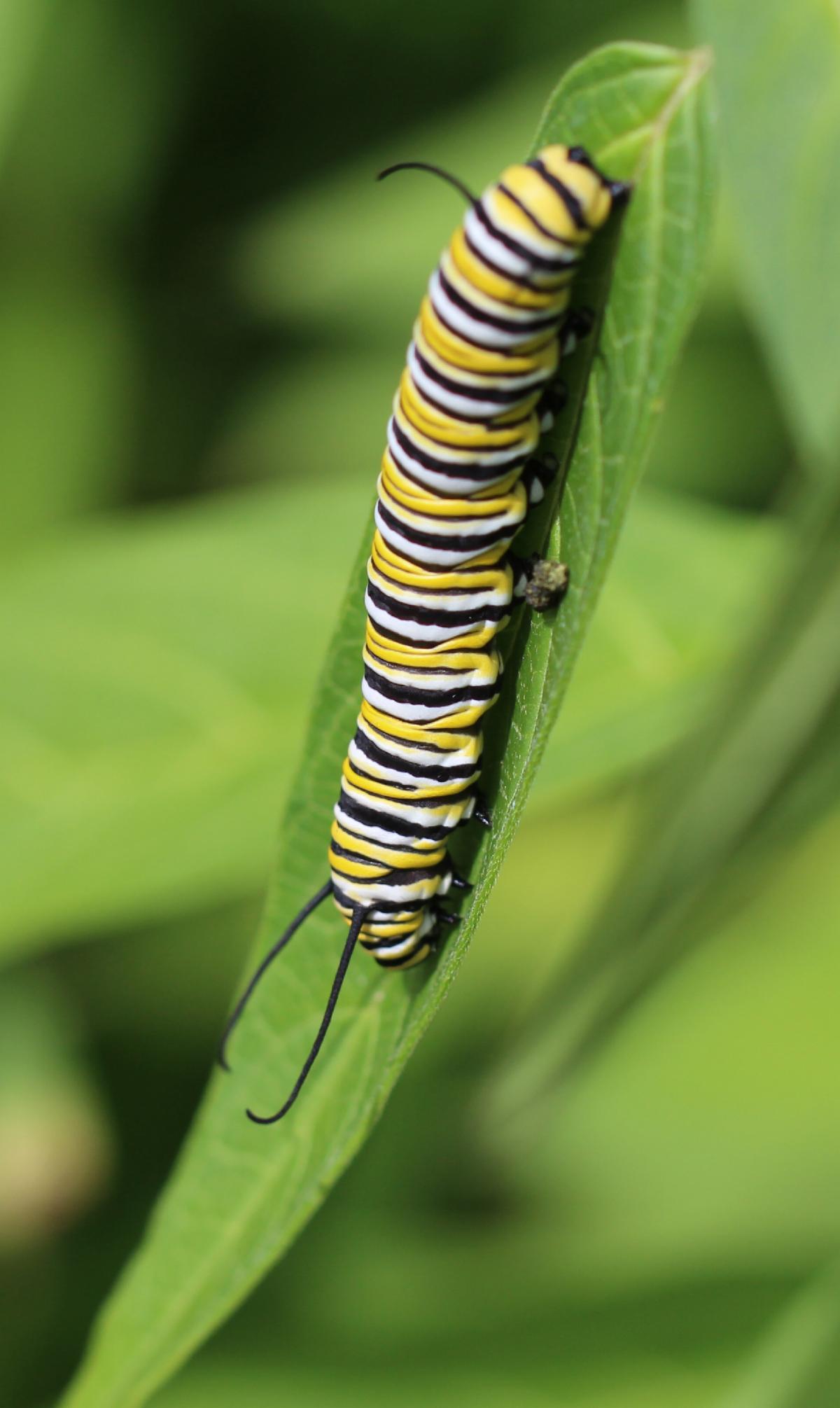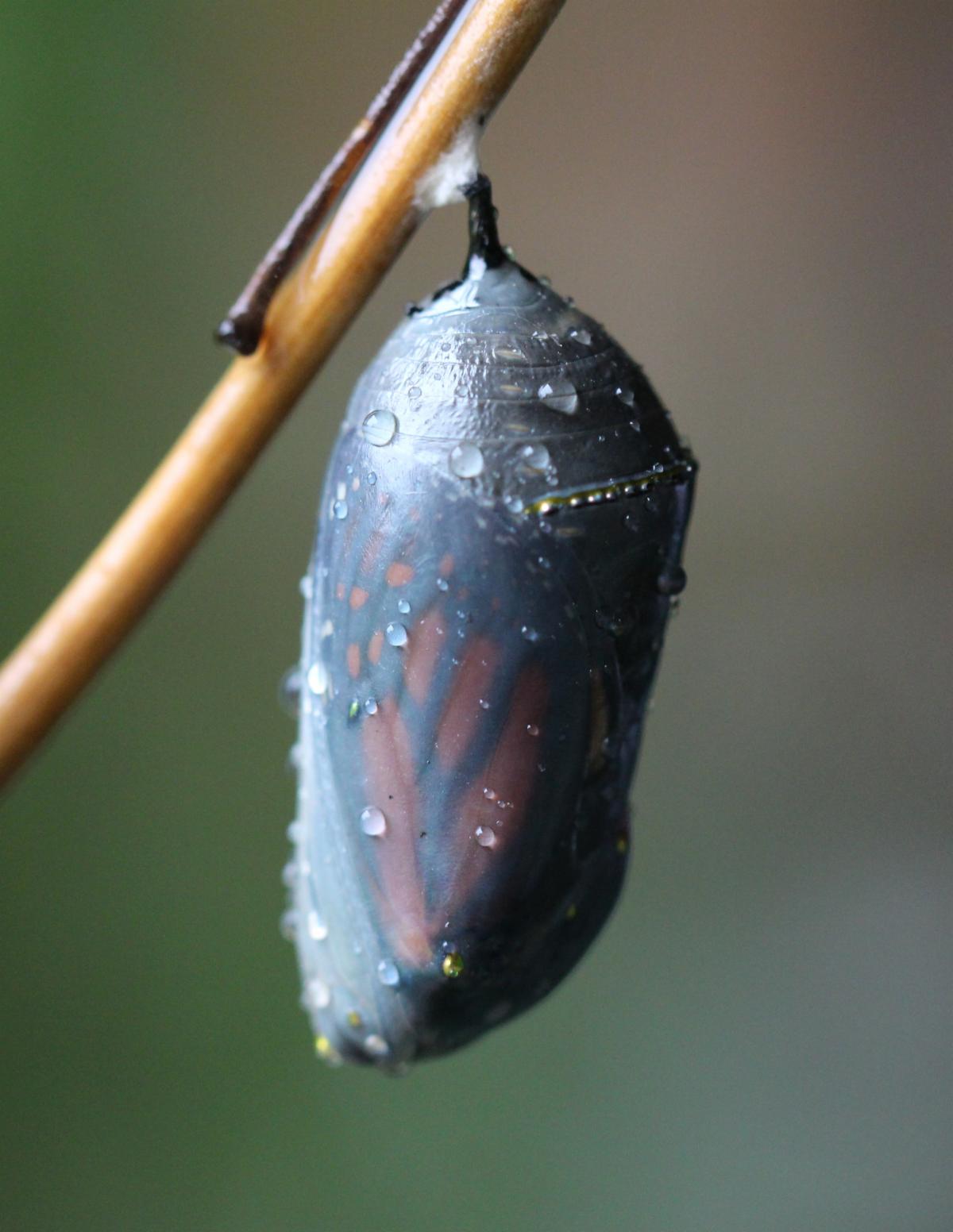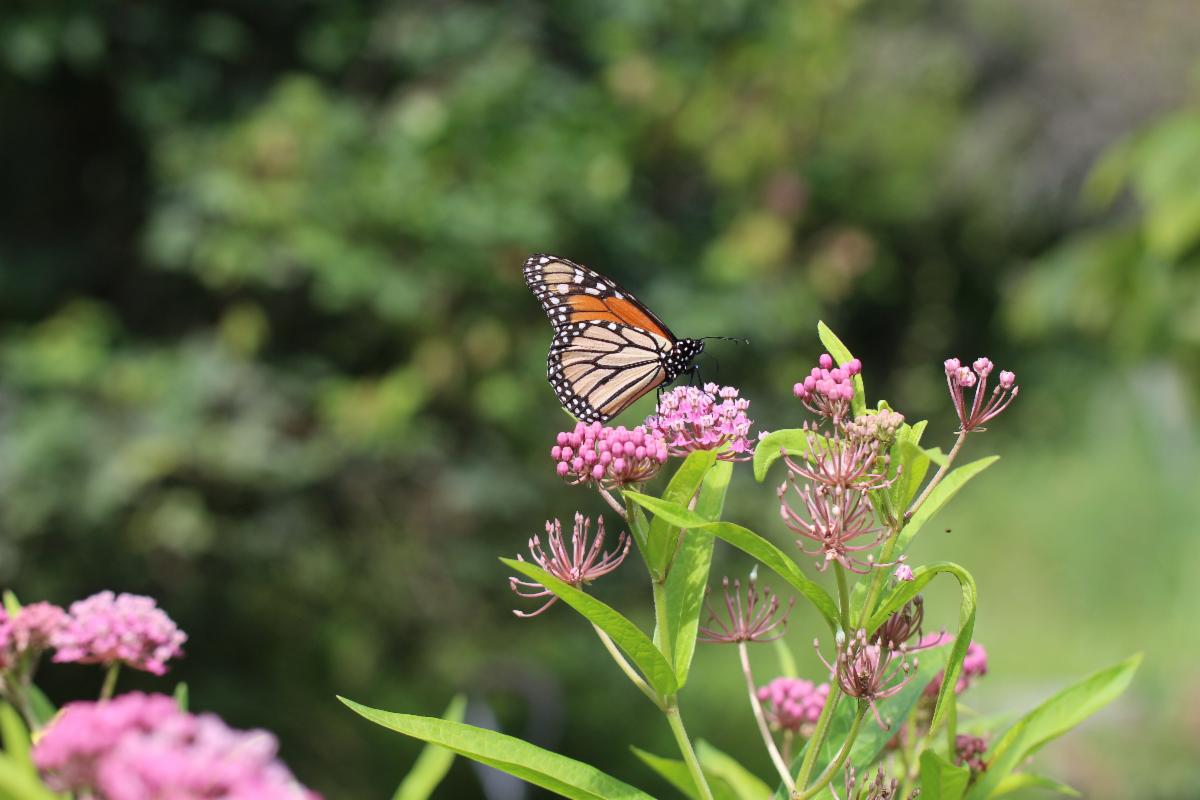A Case for Planting Milkweed in the Fall
Swamp Milkweed (Asclepias incarnata), Toadshade's Autumn Plant of Choice for 2023, is not a plant that is typically associated with fall, as it blooms in mid-summer (usually beginning to produce seedpods at the end of August), but there are a few compelling reasons for it to be a particularly good fall garden and meadow plant.

The first thing everyone thinks about when discussing milkweeds is the obvious: yes, Monarch butterfly (Danaus plexippus) caterpillars feed on the leaves of this species! There has been a shift in the planting of milkweeds over the past couple years, and Swamp Milkweed is often overlooked in the rush to plant the rarest types (Purple Milkweed, Asclepias purpurascens), the ones with the most abundant leaves for caterpillars (Common Milkweed, Asclepias syriaca), or the one that your garden store happens to be carrying (usually the non-native Tropical Milkweed, Asclepias curassavica). Swamp Milkweed, due perhaps to its slightly unfortunate common name, tends to get lost in the shuffle, despite its excellent qualities as a garden plant (no, you do not need to grow it in a swamp!)

A Monarch (Danaus plexippus) caterpillar that has been feeding on a leaf of Swamp Milkweed (Asclepias incarnata). This caterpillar is almost ready to pupate and begin its migratory journey south for the winter as an adult butterfly.
As a relatively short-lived perennial, Swamp Milkweed grows as quickly as most annuals, producing abundant leaves for caterpillars to feed on-leaves which tend not to get as tough as those of Common Milkweed (caterpillars prefer more tender leaves, and Monarch adults will preferentially lay their eggs on younger, softer leaves). Its bright pink, upright flowers are showier than the dusty rose spheres Common Milkweed produces. Unlike the notoriously fussy Purple Milkweed, or even the dry-loving Butterfly Milkweed (Asclepias tuberosa), this species will thrive under a wide variety of conditions, handling anything from dry to wet soil, and can even be grown in dappled sunlight, unlike most garden milkweeds which prefer more sun. It's also not an aggressive spreader like Common Milkweed can be in certain conditions; Swamp Milkweed typically forms a modest clump and then stays there! You can collect your own seed (some milkweed species have trouble producing viable seeds: Swamp Milkweed isn't one of those) and self-perpetuate your population for as long as you want to, distribute the seed into new areas, or let the wind do the task for you and simply let the wind-distributed seed go!

Tropical Milkweed also carries the devastating protozoan parasite of Monarch butterflies in places where the plant does not die over the winter-there are a lot of issues with Tropical Milkweeds, covered quite well in this article from the Xerxes society, but now we're getting off-topic. This monarch pupa, however, is almost ready to emerge and fly south!
None of this, however, explains what makes Swamp Milkweed such a good fall plant. There are several reasons it is one! Number one, unlike the notorious Tropical Milkweed, Swamp Milkweed is a native species, and as a native species, it understands what fall means. Monarchs' evolutionary relationship with milkweeds is such that they rely on the plants as a sort of calendar; when fall comes, native milkweeds decline in a way that tells the Monarchs it's time to stop breeding and start migrating. Tropical Milkweed doesn't do this, and so it fails to give the butterflies this vital signal, meaning they continue breeding when they should be migrating, with predictably disastrous results for their offspring as the weather gets cold. Swamp Milkweed, counter-intuitively, is an excellent fall plant for your garden because it will naturally decline over the course of the season. And this is a very good thing for the butterflies that rely on it!

When in bloom, Swamp Milkweeds support a wide variety of pollinators like this honeybee, and continue to provide ecological benefits to many native species (not just insects) all year round. In fact, last year at the Great Swamp National Wildlife Refuge, we saw Baltimore Orioles stripping fibers from last year's Swamp Milkweed stems to build their distinctive hanging nests!
Another reason Swamp Milkweed makes an excellent fall garden plant is because, well, they're beautiful! There's something distinctly whimsical and charming about the seedpods as they split and begin to distribute their seeds on the wind. What's more, the stems stay upright over the winter, doing important ecological work by creating overwintering habitat for a number of solitary native bees (you've seen those little bee houses for sale, with all the hollow tubes-you can in fact grow your own simply by letting these stems remain upright over the winter!). And, as a short-lived perennial but a perennial nonetheless, these plants will come back in the spring.

Charmingly, Monarch butterflies love to nectar on milkweed flowers, even though they can nectar on any flower once they're adults; only the caterpillars rely entirely on milkweeds as a food source.
Often we meet people who are concerned in the springtime by the lack of readily-available milkweed foliage; the easiest answer to this dilemma is to have a mature plant already in the ground. Yes, milkweeds are quite frost-shy, and emerge from the ground relatively late in the season, but a mature Swamp Milkweed plant will spring up quite quickly once it gets going! All of these factors make this species one of our favorites, and have made Swamp Milkweed Toadshade's Autumn Plant of Choice for 2023.
